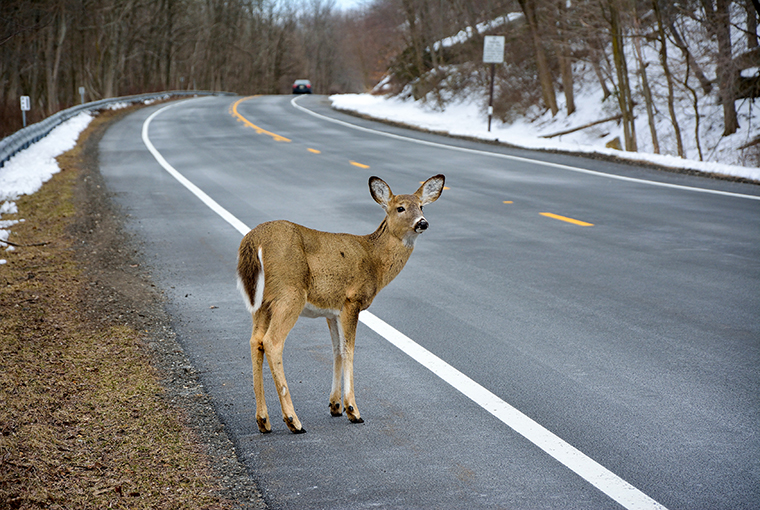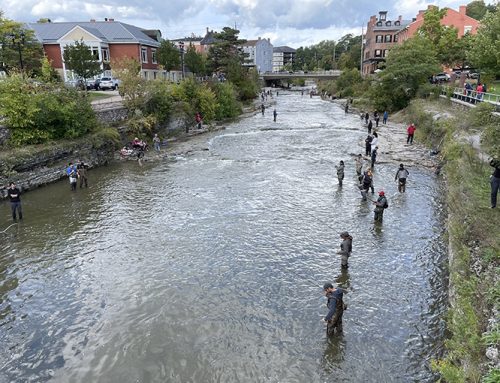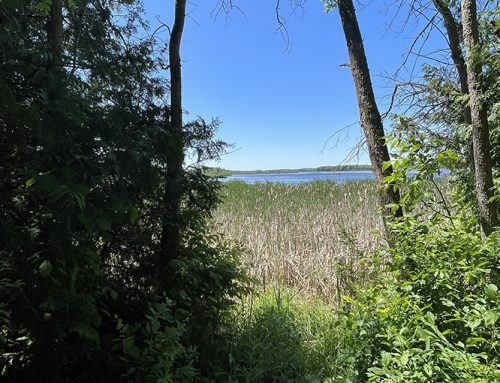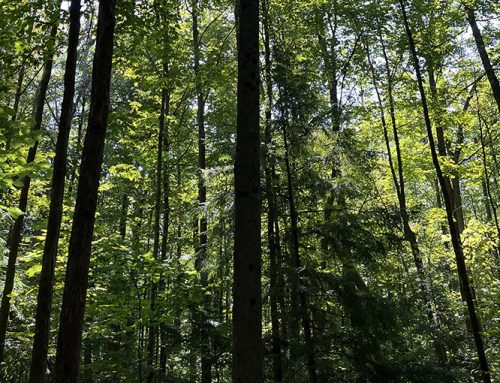
According to a bulletin released by the Public Outreach and Education office of the Ministry of Transportation (MTO) in late-October, about 12,000 deer and wildlife vehicle collisions occur annually in Ontario, resulting in approximately 400 human injuries.
This translates to one out of every 18 motor vehicle collisions in Ontario and equates to a wildlife-vehicle collision every 44 minutes. Not surprisingly, 70% of these occur on rural, two-lane roads.
In areas where collision with large animals such as deer, elk, moose, or bear is a possibility, the MTO advises drivers to pay particular attention in areas where wildlife warning signs have been posted. Drivers should also be constantly scanning for movement and the red-eye reflection of roadside animals during low light conditions, and be particularly vigilant where protection fences end.
If an animal is seen in advance, slow down safely and be aware that it may react unpredictably.
Dusk and dawn
Statistically, the most dangerous situations occur one hour before dawn or dusk, during the peak deer breeding seasons during October and November and on two-lane highways with speeds of 80 km/h or more.
The MTO advises drivers not to veer for large or small wildlife, as it could result in a loss of control or collision with an obstacle and put other vehicles or pedestrians at risk.
For small animals, it is best to avoid hard braking, as the vehicle behind you might not have seen the animal and may be unprepared to brake suddenly.
For larger animals, drivers are advised to reduce speed immediately, drive straight, remain in their lane, brake firmly, and come to a controlled stop. If possible, aim your vehicle towards the rear of the animal, so long as you can stay in your lane.
Easing up on the brake before an imminent collision with a big animal will slightly raise the front of your vehicle and allow it to absorb more of the impact with the animal.






Condensed version is- State Farm sets tag numbers…